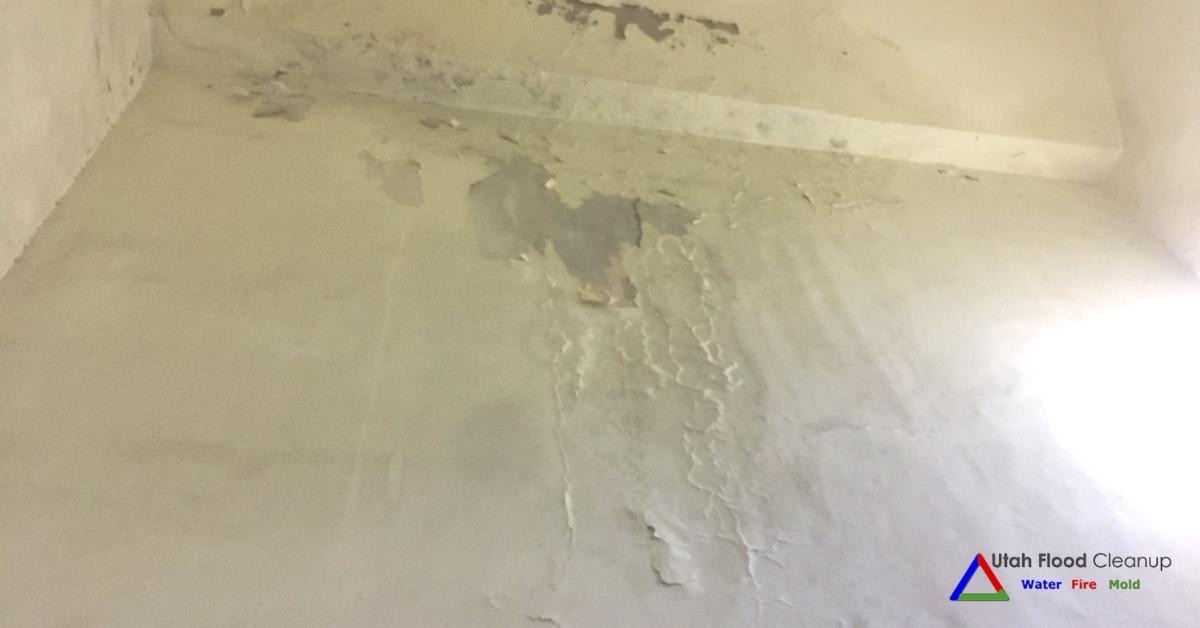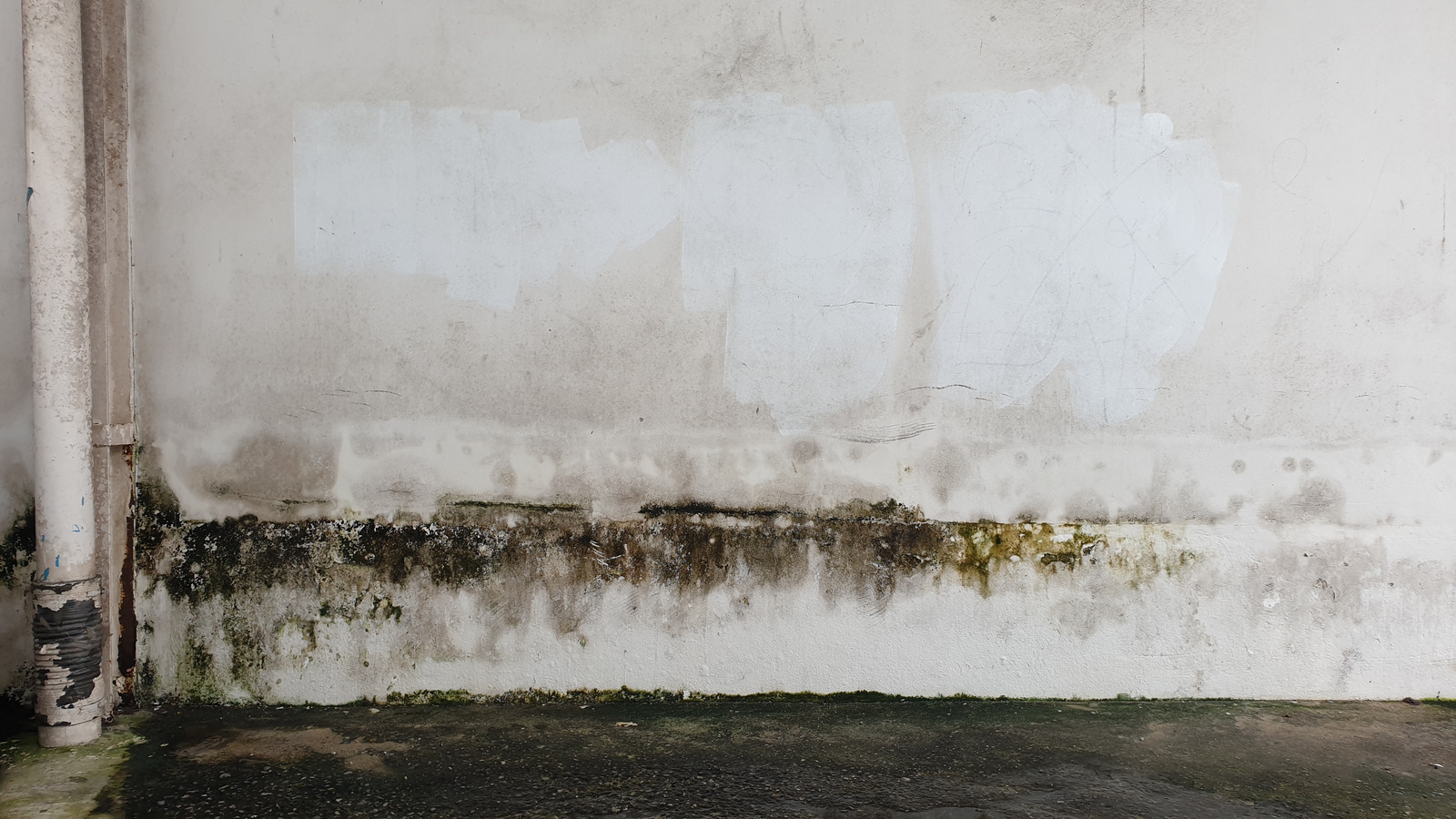Presented here below you can find additional sound help and advice in regards to Water Stains on Walls.

Water spots on wall surfaces are not pleasant to the eyes. Sometimes it seems nearly unpreventable to experience water stains on walls in houses.
House owners living in moist areas frequently deal with the anxiety of water discolorations on wall surfaces. With well-shaped and also exact details on the reasons of water spots as well as timely repair work processes, you will always be a step in advance of such occurrences.
3 Common Root Causes Of Water Discolorations on Walls
In contrast to popular belief, water spots on wall surfaces do not always come from inadequate structure products. There are a number of reasons for water stains on walls. These consist of:
Poor Water drainage
When making a building plan, it is crucial to ensure appropriate drainage. This will protect against water from permeating into the walls. Where the water drainage system is obstructed or nonexistent, underground dampness builds up. This links to too much wetness that you observe on the walls of your structure.
The leading reason of wet wall surfaces, in this situation, can be a poor water drainage system. It can additionally be due to inadequate administration of sewage pipelines that go through the building.
Wet
When hot wet air consults with dry cool air, it triggers water droplets to form on the wall surfaces of buildings. This occurs in bathroom and kitchens when there is steam from food preparation or showers. The water beads can discolor the surrounding walls in these parts of your house as well as spread to other areas.
Damp or condensation influences the roof covering and also wall surfaces of structures. This triggers them to appear darker than other areas of the home. When the wall surface is wet, it develops an ideal atmosphere for the growth of microorganisms and fungi. These may have unfavorable effects on health, such as allergic reactions and also breathing conditions.
Pipe Leaks
The majority of homes have a network of water pipes within the wall surfaces. This ensures that the pipelines are well away from the reach of harmful rats. It always enhances the feasibility of such pipelines, as there is little oxygen within the walls. This discourages corrosion.
A drawback to this is that water leakage impacts the wall surfaces of the building as well as triggers extensive damages. A dead giveaway of damaged pipelines is the look of a water tarnish on the wall.
Water Stains on Wall: Repair Work Tips
House owners would normally desire a quick fix when managing water discolorations. Yet, they would quickly understand this is disadvantageous as the water discolorations recur. Right here are a few useful suggestions that will certainly lead you in the fixing of water discolorations on wall surfaces:
Pro Tip
A houseplant in your home also enhances its moisture. So, if your house is currently moist, you may want to introduce houseplants with minimal transpiration. An example of suitable houseplants is succulents.
Conclusion
No one desires to have water discolorations on wall surfaces in their residence, it can take place to the best of us. This article gives you leverage, as you now know just how to manage this problem if it does take place.
It is constantly best to hire specialist solutions to aid deal with the problems in your house.
Occasionally it appears virtually unpreventable to experience water discolorations on wall surfaces in residences.
In contrast to prominent belief, water spots on walls do not always stem from poor building products. There are numerous reasons of water spots on walls. The water droplets can tarnish the bordering walls in these components of your home as well as spread to various other areas.
Below are a few practical tips that will certainly guide you in the repair of water stains on wall surfaces:
How to Remove Water Stains From Your Walls Without Repainting
The easy way to get water stains off walls
Water stains aren’t going to appear on tile; they need a more absorbent surface, which is why they show up on bare walls. Since your walls are probably painted, this presents a problem: How can you wash a wall without damaging it and risk needing to repait the entire room?
According to Igloo Surfaces, you should start gently and only increase the intensity of your cleaning methods if basic remedies don’t get the job done. Start with a simple solution of dish soap and warm water, at a ratio of about one to two. Use a cloth dipped in the mixture to apply the soapy water to your stain. Gently rub it in from the top down, then rinse with plain water and dry thoroughly with a hair dryer on a cool setting.
If that doesn’t work, fill a spray bottle with a mixture of vinegar, lemon juice, and baking soda. Shake it up and spray it on the stain. Leave it for about an hour, then use a damp cloth to rub it away. You may have to repeat this process a few times to get the stain all the way out, so do this when you have time for multiple hour-long soaking intervals.
How to get water stains out of wood
Maybe you have wood paneling or cabinets that are looking grody from water stains too, whether in your kitchen or bathroom. Per Better Homes and Gardens, you have a few options for removing water marks on your wooden surfaces.
You can let mayonnaise sit on your stain overnight, then wipe it away in the morning and polish your wood afterward. You can also mix equal parts vinegar and olive oil and apply to the stain with a cloth, wiping in the direction of the grain until the stain disappears. Afterward, wipe the surface down with a clean, dry cloth. Try placing an iron on a low heat setting over a cloth on top of the stain. Press it down for a few seconds and remove it to see if the stain is letting up, then try again until you’re satisfied. (Be advised that this works best for still-damp stains.) https://lifehacker.com/how-to-remove-water-stains-from-your-walls-without-repa-1849742925

As a fervent reader on How to Find and Repair Water Leaking in the Wall, I think sharing that excerpt was beneficial. Appreciated our article? Please share it. Let someone else find it. Thank-you for your time invested reading it.
Hire A Pro